Vuillard Et L’Art Du Japon (Vuillard And The Art Of Japan) – Fondation De L’Hermitage, Lausanne
Lausanne’s Fondation de l’Hermitage is a pleasant museum in tranquil surroundings. Their exhibition Vuillard and the Art of Japan takes a comprehensive look at the impact 19th Century japonisme had on the artist’s work.



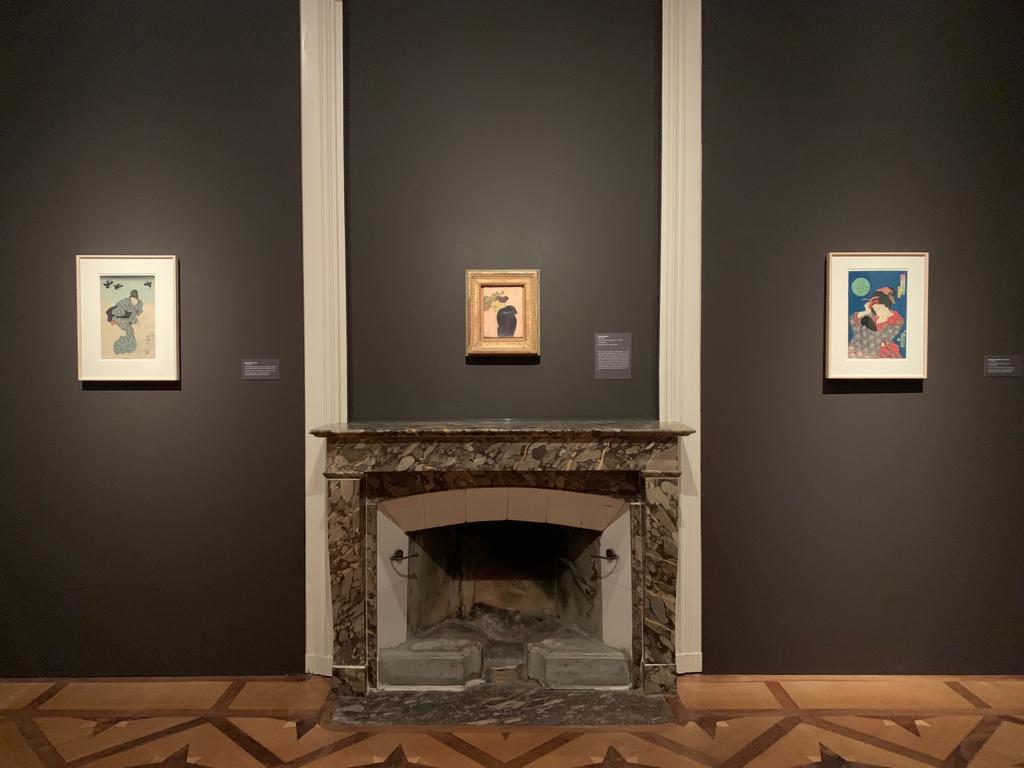

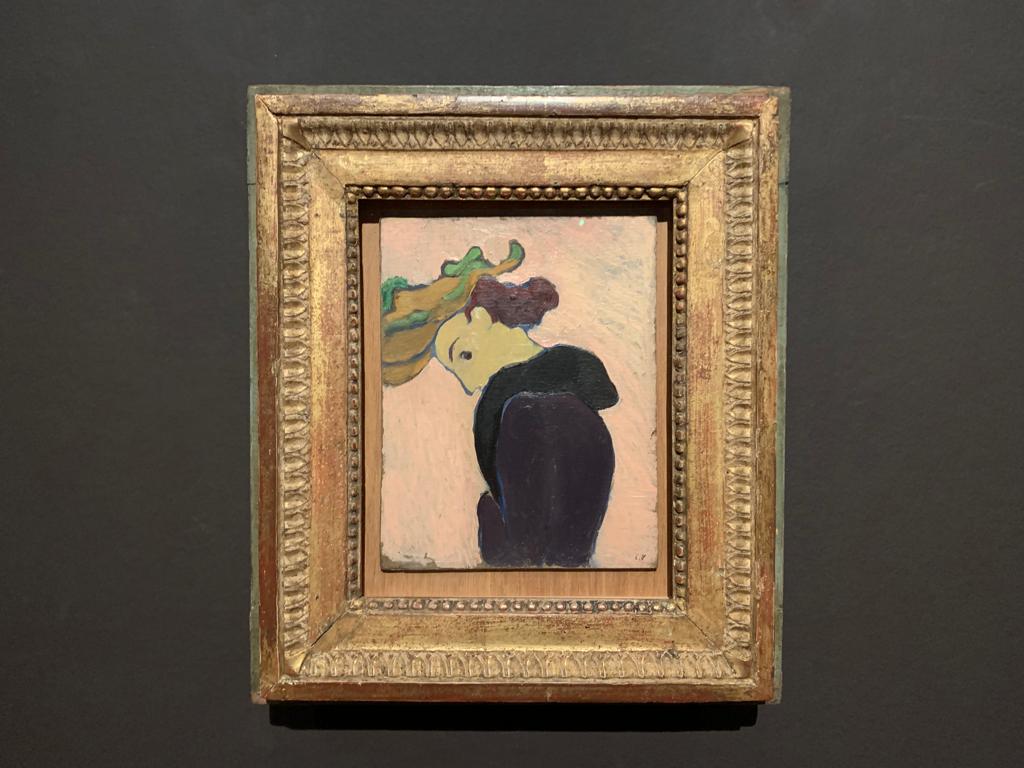
La Fondation De L’Hermitage
On my recent visit to Lausanne, I wasn’t quite sure which institutions I was going to visit. There was no question I was going to go to two or three museums because, well, you know me. But Lausanne is teeming with them, so which ones to choose is a challenge if you have limited time. After visiting the Collection de L’Art Brut in the morning, I walked to the old town, stopping to look at the views and the cathedral. I then had a look at a map to decide where to go next.
It was the Fondation de l’Hermitage which tempted me. It’s a short (but uphill) walk from the old town. It’s an interesting place. The estate was built between 1850-53 for the Bugnion family, with Louis Wenger as architect. Charles-Juste Bugnion was a banker and, more oddly, entomologist. The garden was full of rare plant species, perhaps to attract some critters? And the Bugnion family lived here until the 1970s. In 1976 they donated it to the city of Lausanne: a foundation was established to maintain the buildings and put on a couple of art exhibitions per year. There is a collection of around 600 works, but the exhibitions are generally separate from this. I saw an exhibition primarily of work by Édouard Vuillard.
For the 1850s, the Hermitage was a modern design, particularly the way it opened out into its grounds. It’s thus well-lit, and continues to command beautiful views down to Lac Léman (Lake Geneva). The English-style gardens are peaceful, if a little steep when walking up from the old town. There’s even a Roman column hidden away if you know what to look for. A wonderful setting, then: let’s take a look at the museum itself.
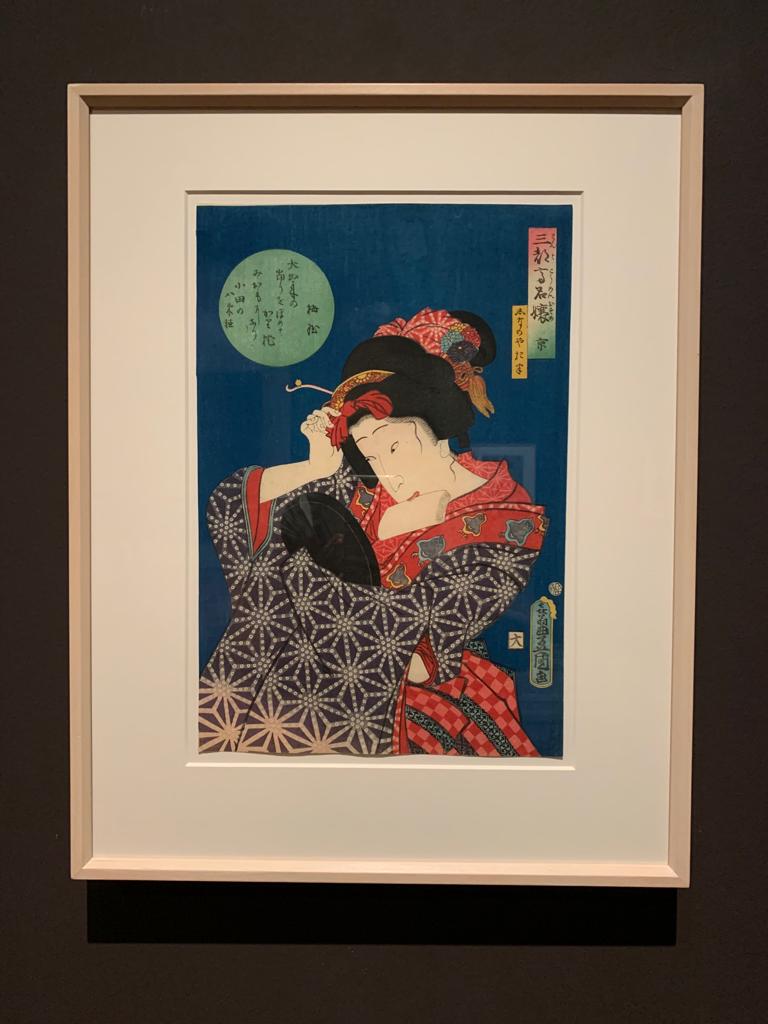
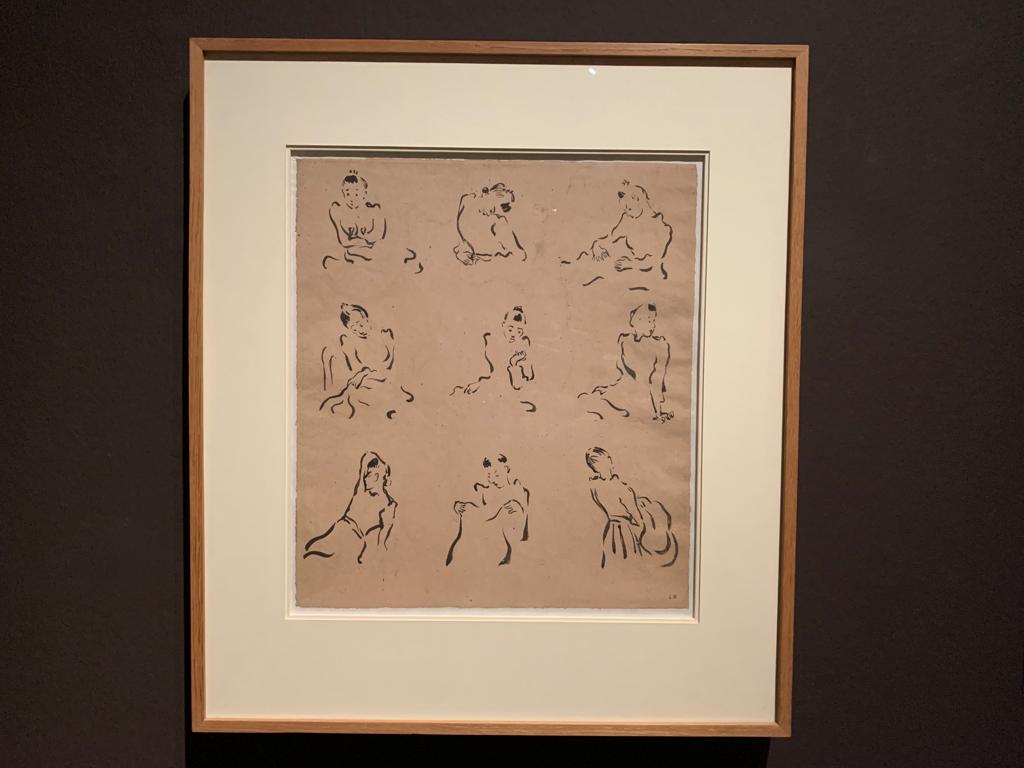

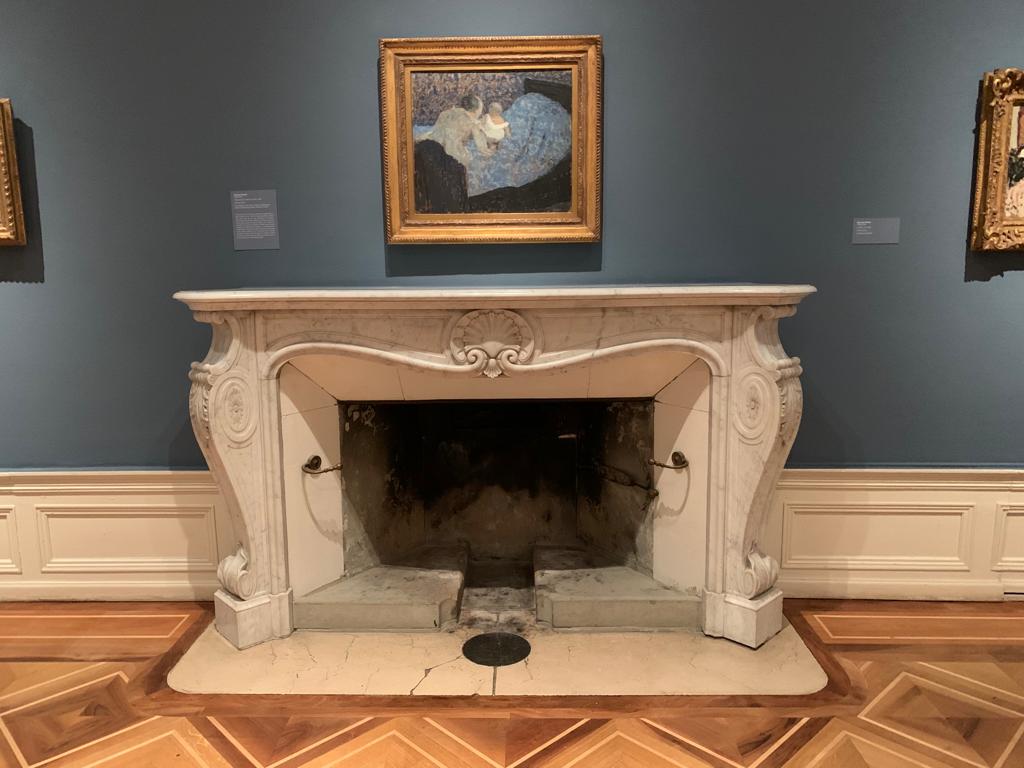
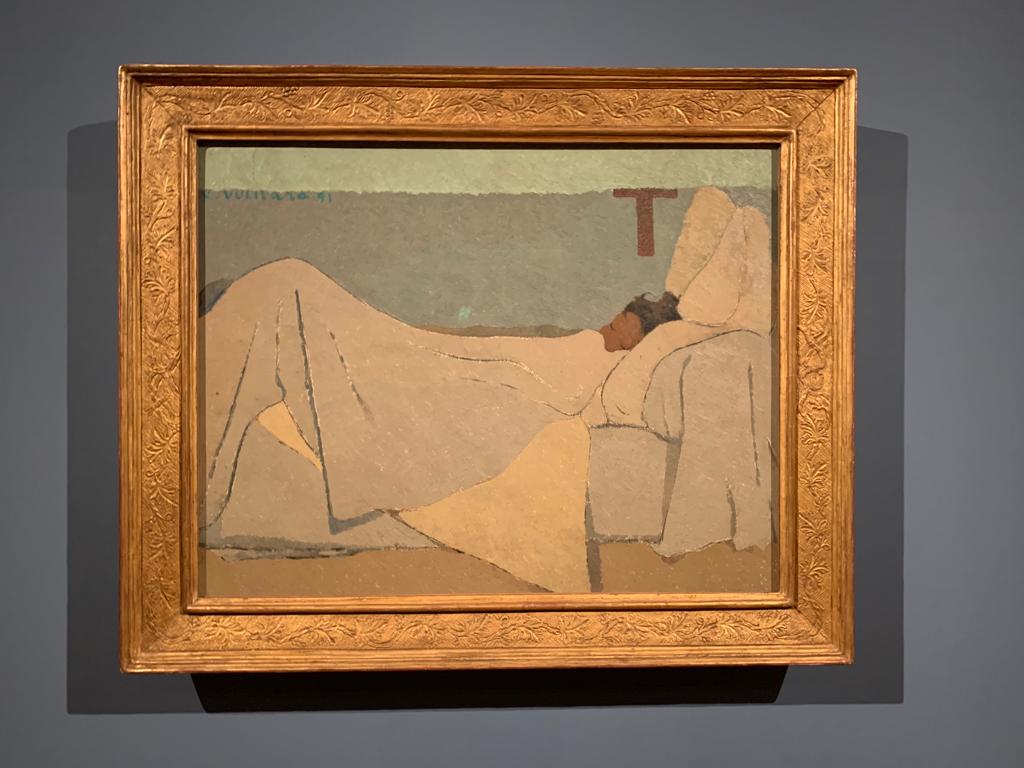

An Elegant Museum
Like many museums in historic building, the Fondation de l’Hermitage has chosen to add on a modern annexe to deal with more perfunctory tasks. Visitors enter here, therefore, to buy tickets, put bags in lockers, and visit the gift shop. You then make your way through to the house itself, perhaps stopping to admire some views. Inside, traces of a family home remain. Mainly in the form of fireplaces and some sort of early heating unit. Plus there are the elegant parquet floors and one solitary room set up with furniture.
The museum is far bigger than I imagined going into it. The flow is also a little odd: due to the historic nature of the building, I suppose. You start on the ground floor and visit several rooms. Then it’s upstairs, which includes the furnished room I mentioned plus a few others which continue the exhibition. But this is like one of those Kensington & Chelsea iceberg flats. So as to not disturb the historic fabric of the building, the Fondation de l’Hermitage have extended the basement, and it’s enormous. There is the clearly original part with barrel-vaulted ceilings, and then it carries on further into a modern extension. I didn’t pace myself well because I thought it was smaller, so was a little fatigued towards the end.
But it’s a lovely museum nonetheless. As well as the museum itself there is a lovely restaurant in a former orangerie, and stables used for the education service. You could do far worse for a day in Lausanne than to come here. Only, if you’re coming from the train station, my suggestion is to get a taxi there and walk back (downhill). Or do what I did and stop for an iced tea at the restaurant first.
Anyway, enough about the museum, on now to the exhibition!
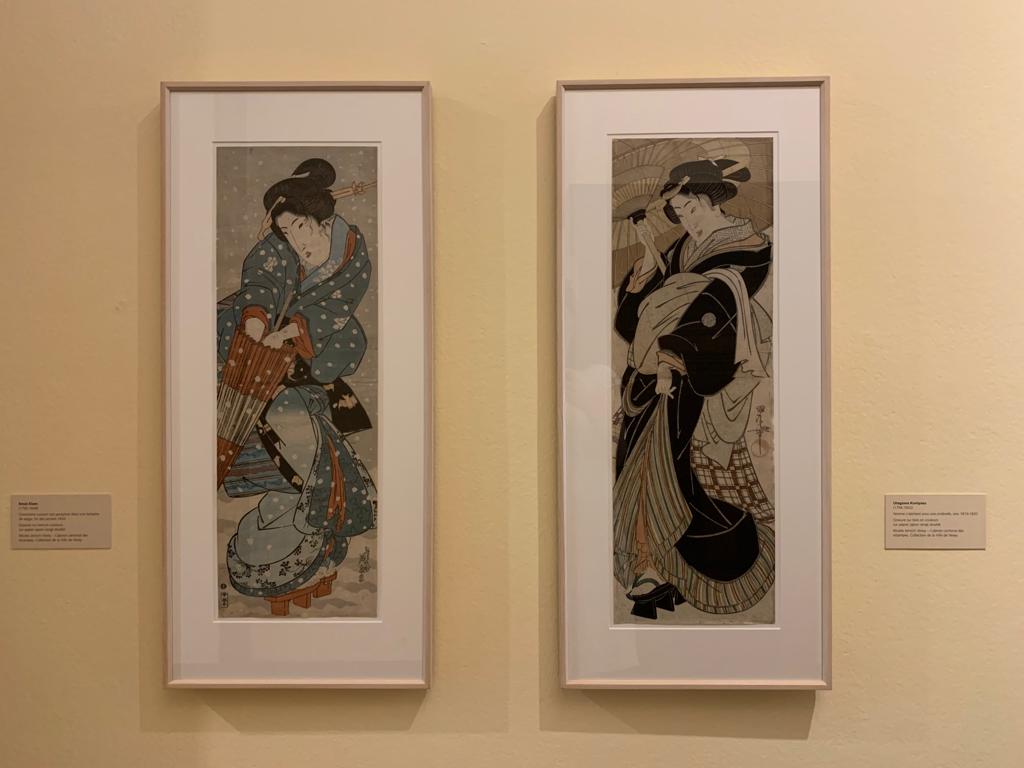
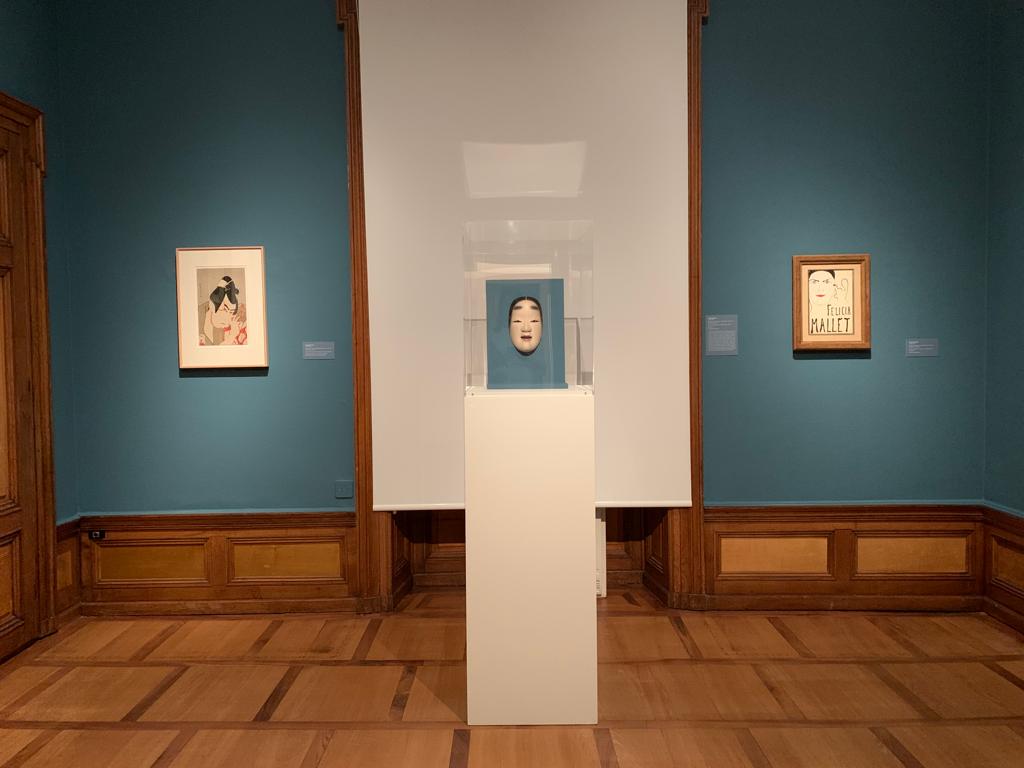
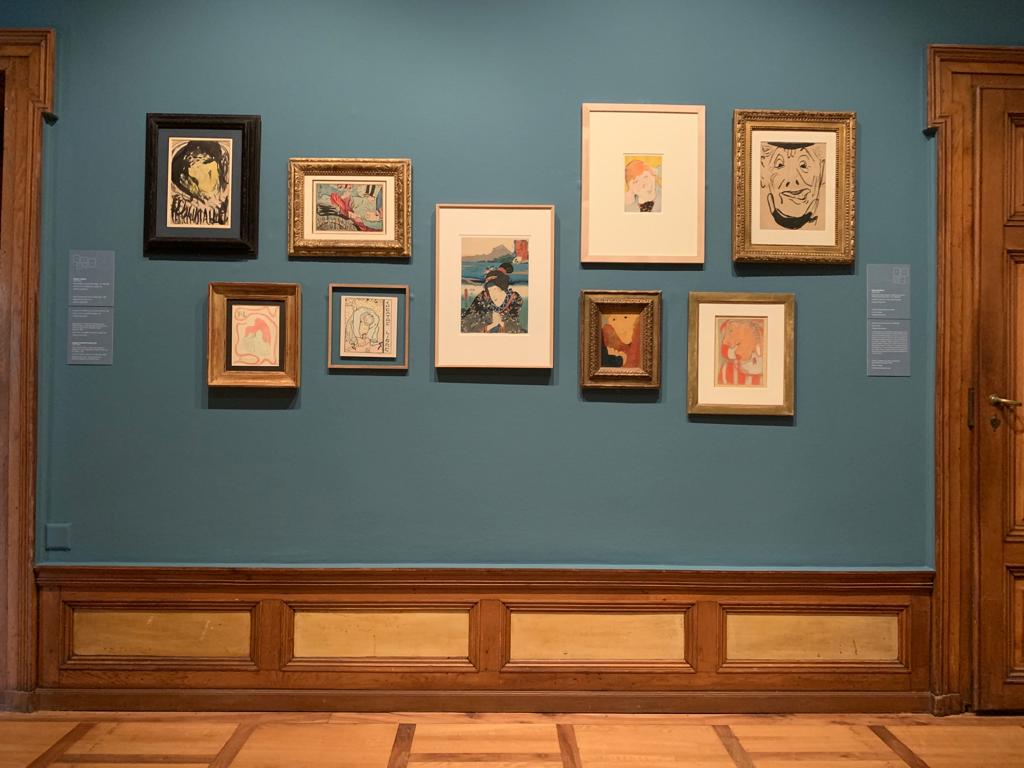
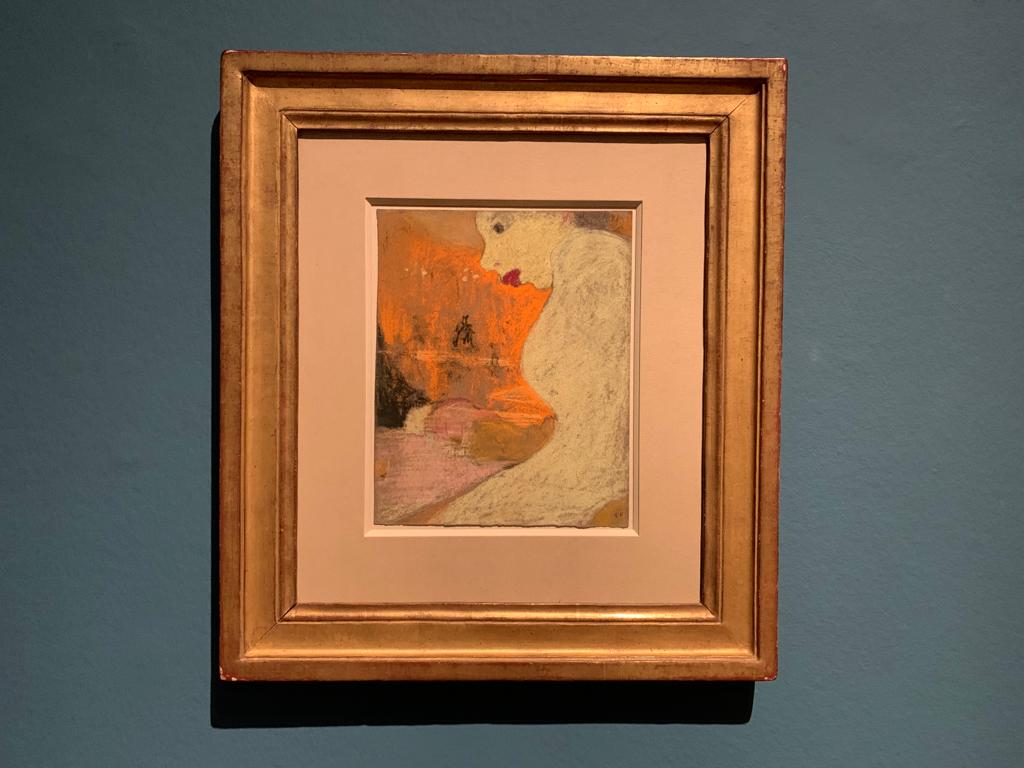
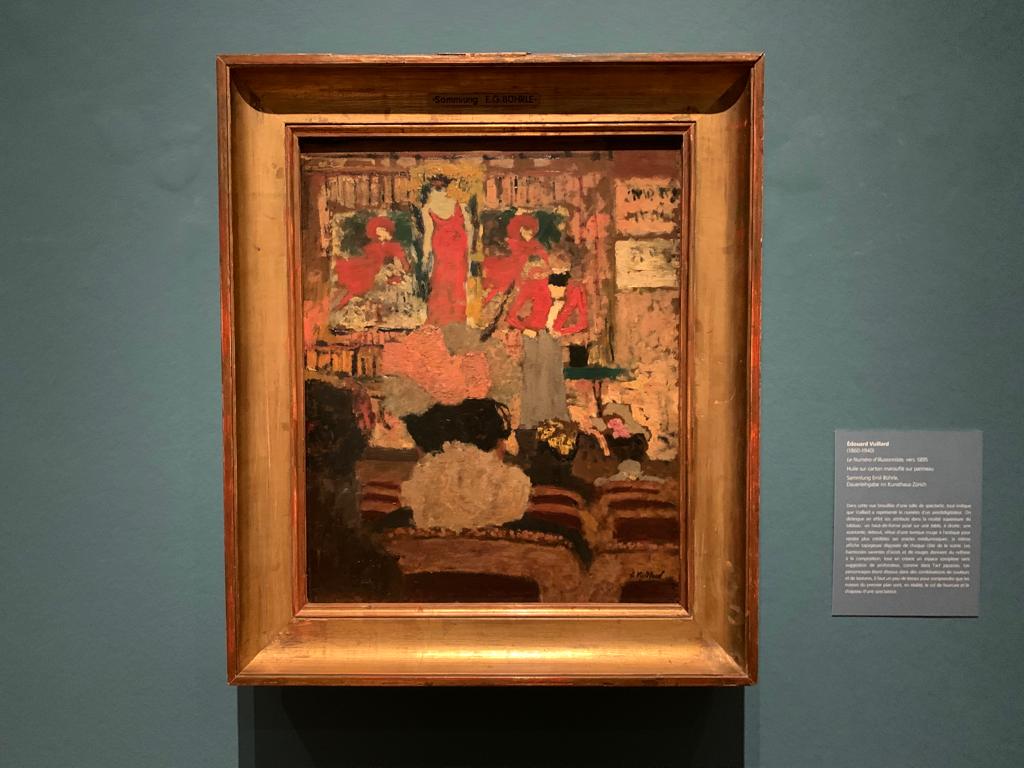
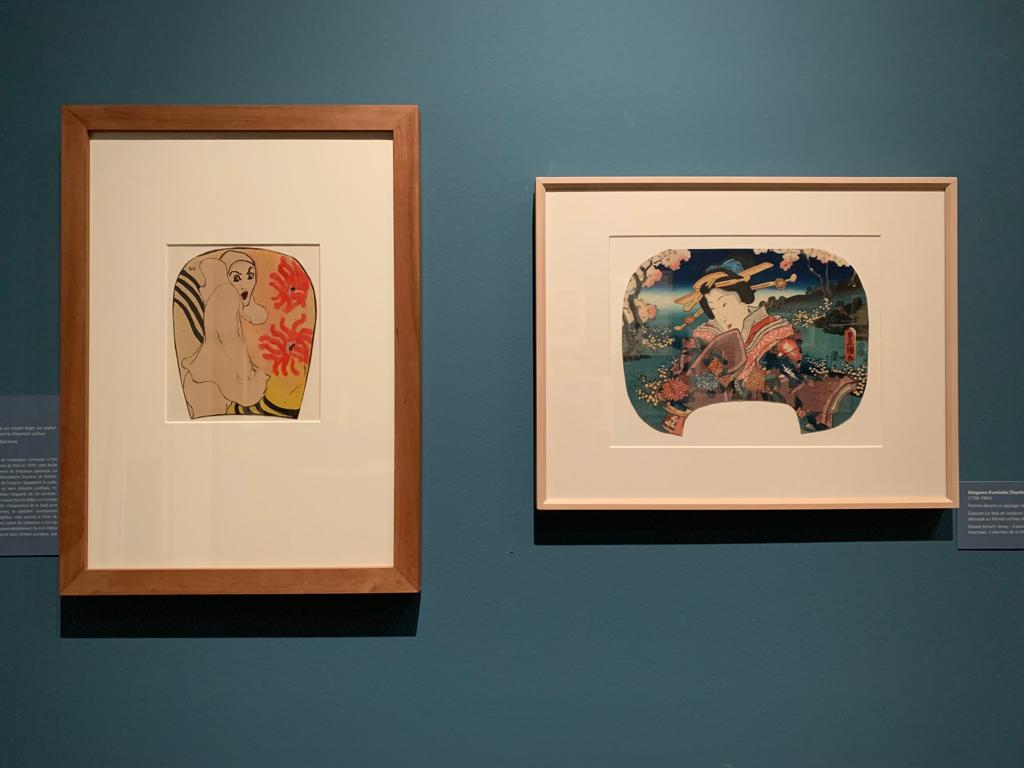
Vuillard Et L’Art Du Japon
Jean-Édouard Vuillard, known as Édouard Vuillard, was a French artist born in 1868. He applied his talents to painting, print-making and decorative design, and was a prominent member of the avant-garde group Les Nabis. The Nabis helped to take art from Impressionism to Post-Impressionism. Unusually, the very first painting in this movement can be pinpointed. It was Le Bois d’Amour à Pont-Aven or Le Talisman by Paul Serusier (1888). Normally in the Musée d’Orsay, it was on view at the National Gallery as part of this exhibition I recently reviewed.
The name Nabis comes from a Hebrew term linked to prophets. Rather than the attempts at understanding light and shapes of the Impressionists, the Nabis believed their paintings were a synthesis of symbols and metaphors. They exhibited together for around a decade before going their separate ways in 1900.
Japanese art was a big influence on the Nabis. It had recently been popularised by art dealer Siegfried Bing. Bing spotted an opportunity, and grew the interest in all things Japanese by publishing a monthly art journal, Le Japon Artistique, between 1888 and 1891. Ripples of this intercultural influence can be seen in Impressionist, Post-Impressionist and Aesthetic works, architecture, even Gilbert & Sullivan if you think about it.
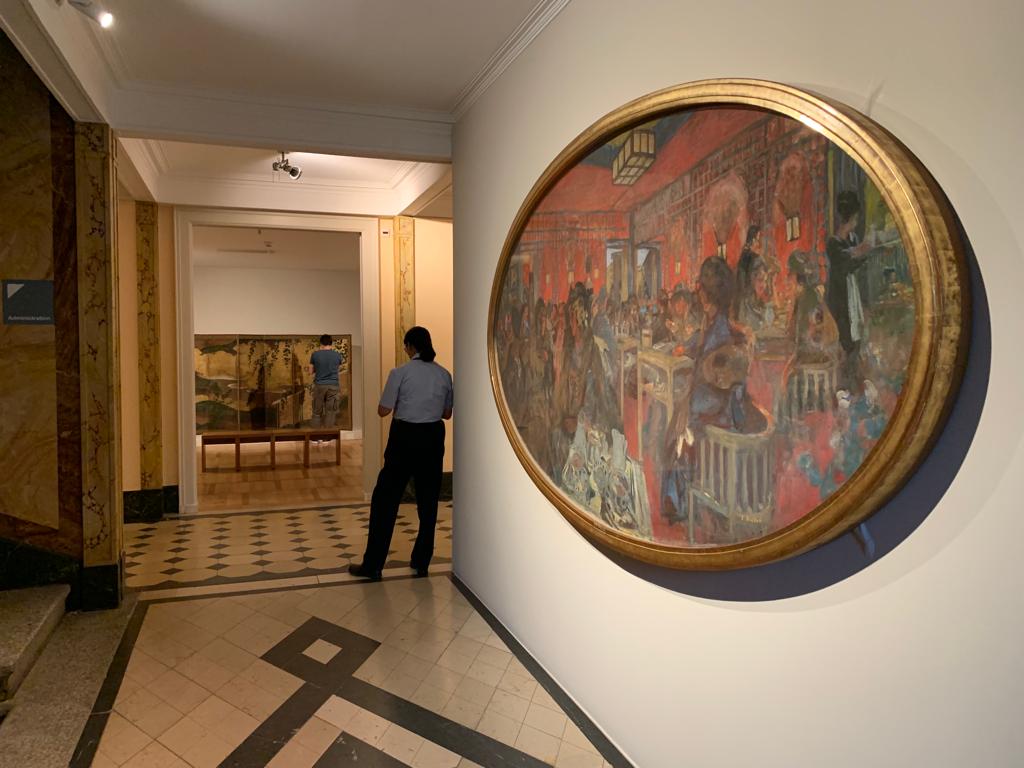
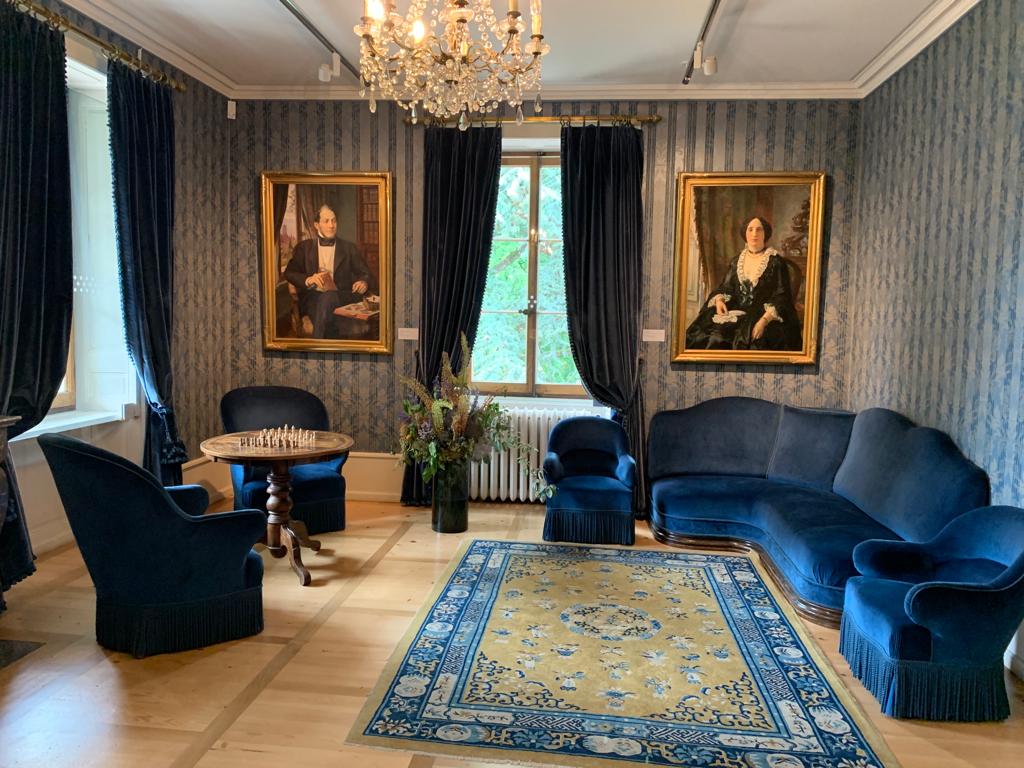
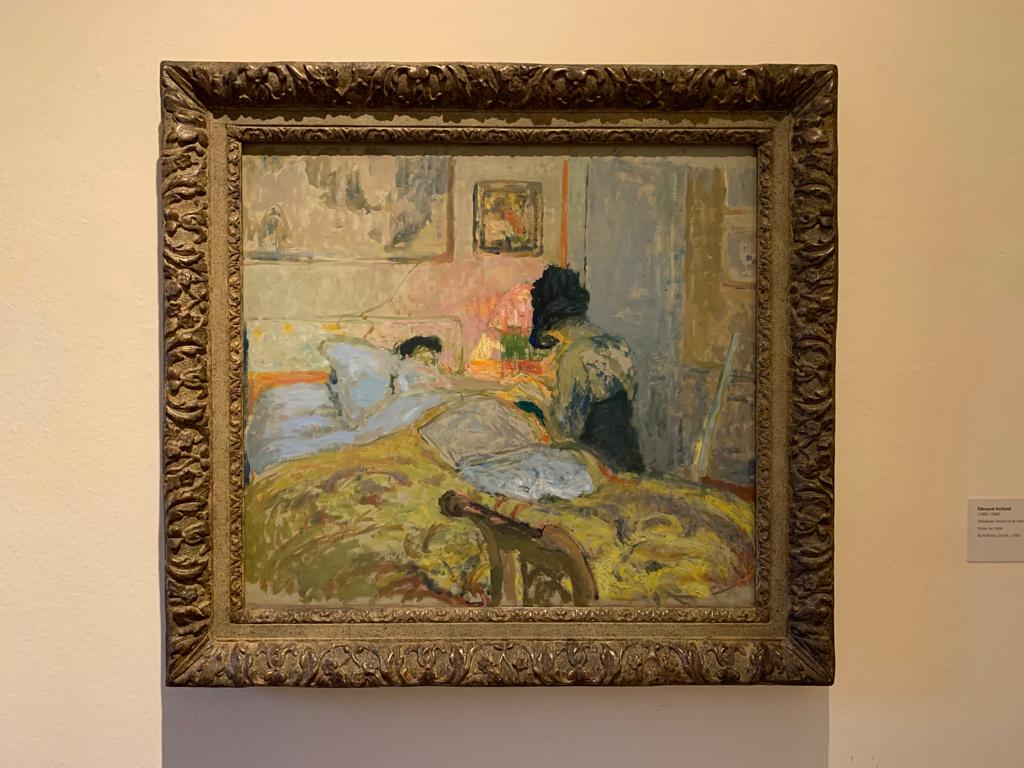



Vuillard And Japonisme
Vuillard, like his fellow Nabis, experimented with borrowings from Japanese art. This could be in unusually long and thin compositions (a couple seen here but maybe more associated with Pierre Bonnard). Or poses taken from Japanese wood block prints. Or visual techniques, such as completely filling spaces with bold patterns.
As this is a monographic exhibition, we can extend beyond the time period of the Nabis. A Japanese influence on Vuillard’s art can be seen in nascent form from 1890 when he joined the avant-garde group, until 1914. Post-Nabis, Vuillard’s style became more realistic if still Post-Impressionist.
The exhibition takes as its starting point a work by Vuillard from its own collection, La Maison de Roussel à la Montagne. As Vuillard was an enthusiastic collector of Japanese prints, the curators have brought together examples of these works with paintings by Vuillard and his circle. Through these sometimes side by side comparisons we can see the homage, inspiration and sometimes downright lifting of elements from Japanese originals into modern French art.
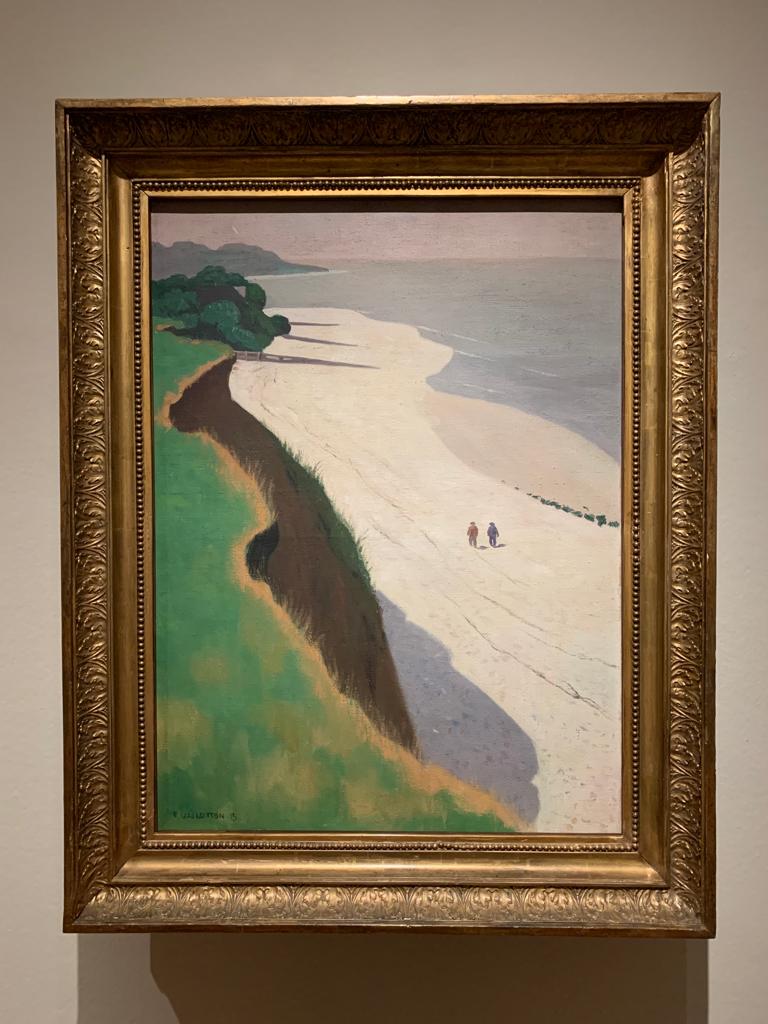
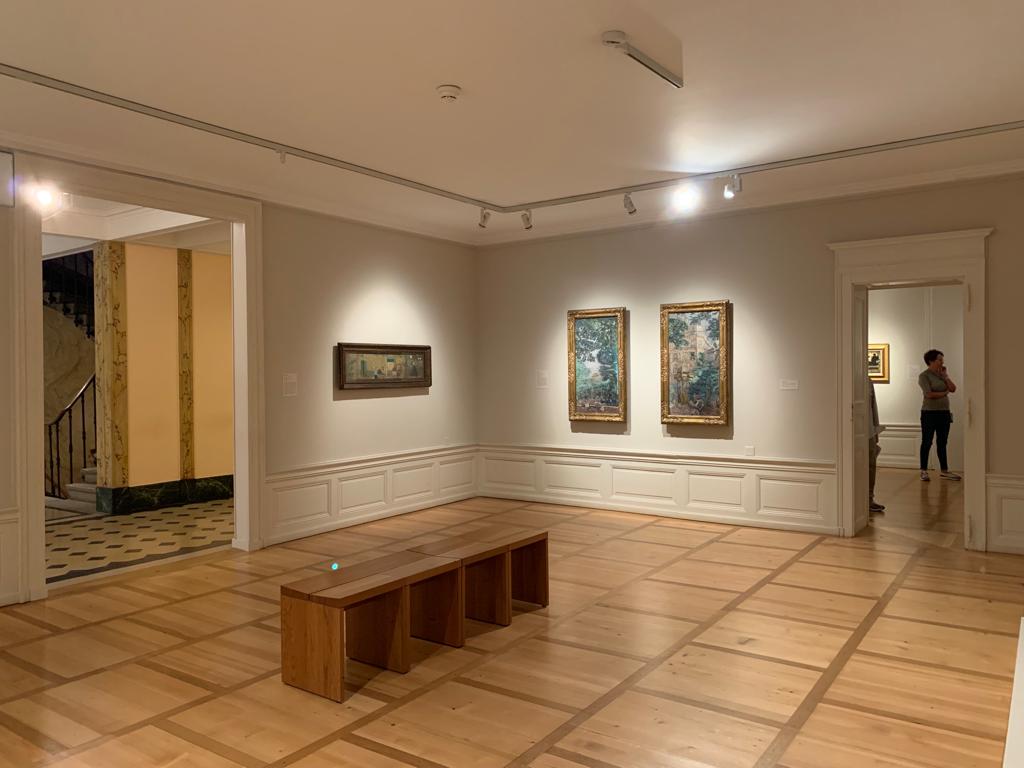


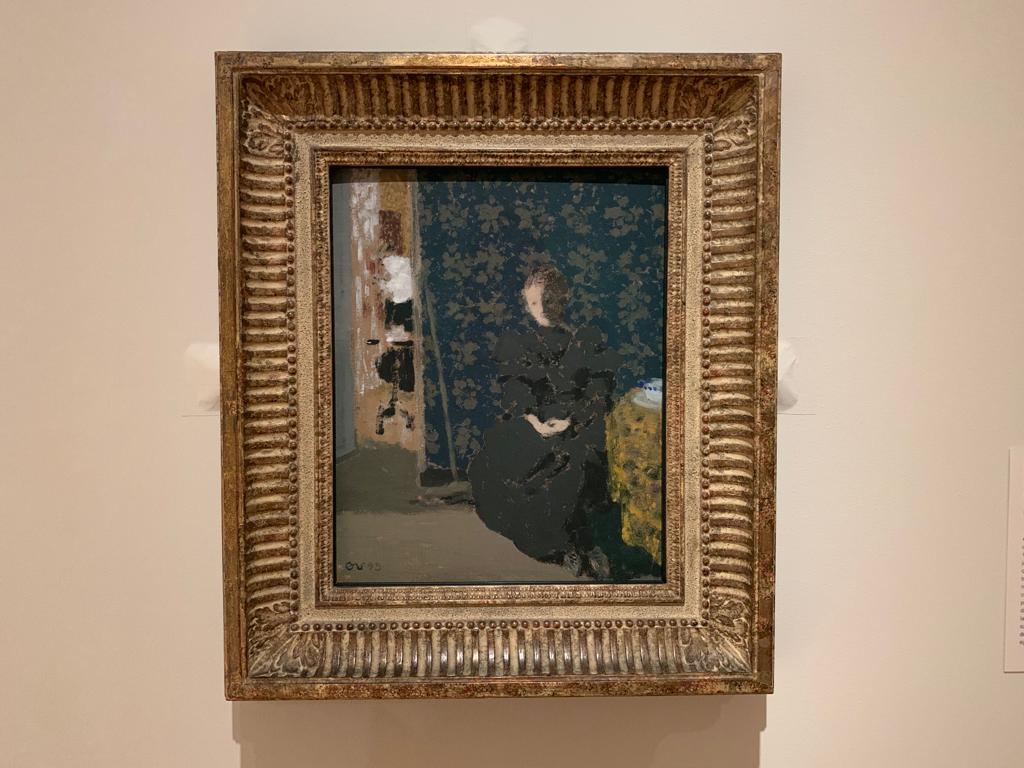
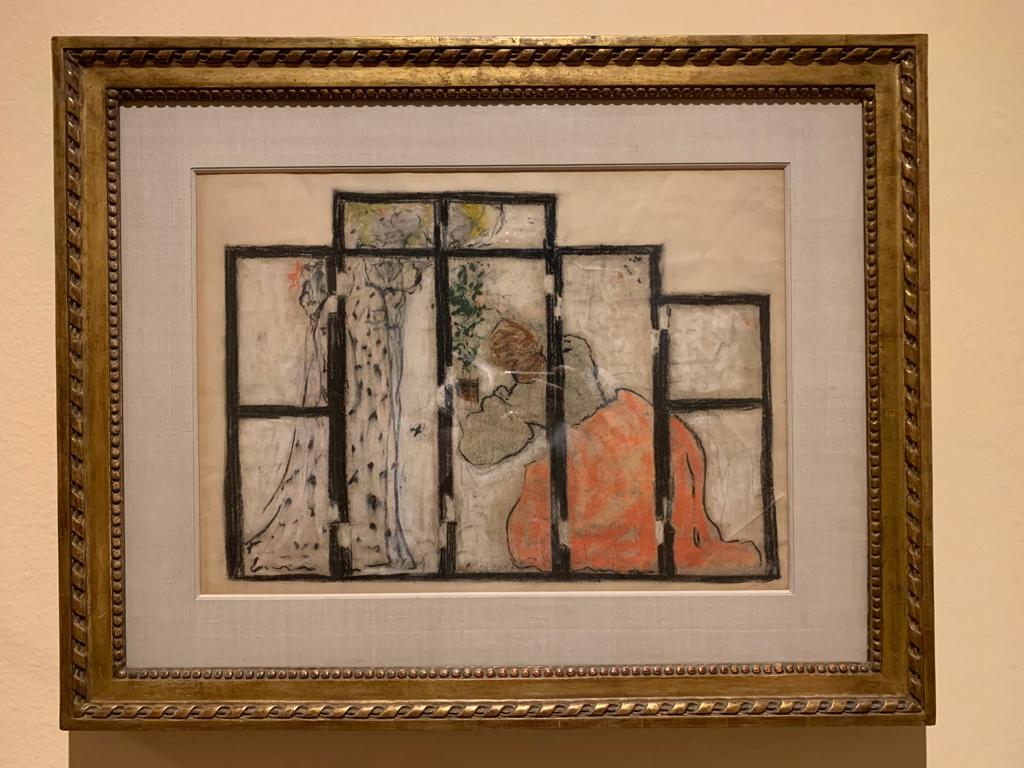
Exploring Vuillard’s Art
Vuillard et l’Art du Japon does not aim to be a retrospective of the artist’s work, but instead groups itself by themes. A room or two’s focus on his compositions and those of Japanese prints. A look at his work in the theatre (as a set painter), followed by an upstairs room on his work painting panels for interior decoration. There’s a quick segue into the other Nabis to investigate their own debt to Japanese art. And then down in the basement where we see Vuillard the printmaker, followed by a whole new type of Japonisme as photography transported slices of contemporary Japan to the outside world.
What is clear, and discussed within the exhibition, is the lack of exoticisation in Vuillard’s japonisme. Vuillard wasn’t interested, as far as we can tell, in Japan or Japanese people. There are no depictions of an orientalised Japan in his works. Japanese art was, instead, a reference point for problems he was trying to solve as an artist. How to prioritise shapes, patterns and planes of colour over light and shade, for instance. His compositions have a compelling use of volume and space, as does Japanese art. It’s part greedy borrowing of the techniques he saw in his Japanese prints, part translation of these techniques into a distinctly European context.
The size of the exhibition, and the hanging of Vuillard’s work with Japanese prints (mostly from the Musée Jenisch Vevey), help to draw all of these themes out bit by bit. There’s just enough comparison with Japanese works and with those of his contemporaries to show Vuillard’s unique take on japonisme: interior scenes, flat planes and bold patterns. Of the contemporaries, I particularly liked the works by Félix Vallotton, somehow sleeker than Vuillard’s and with grander vistas.


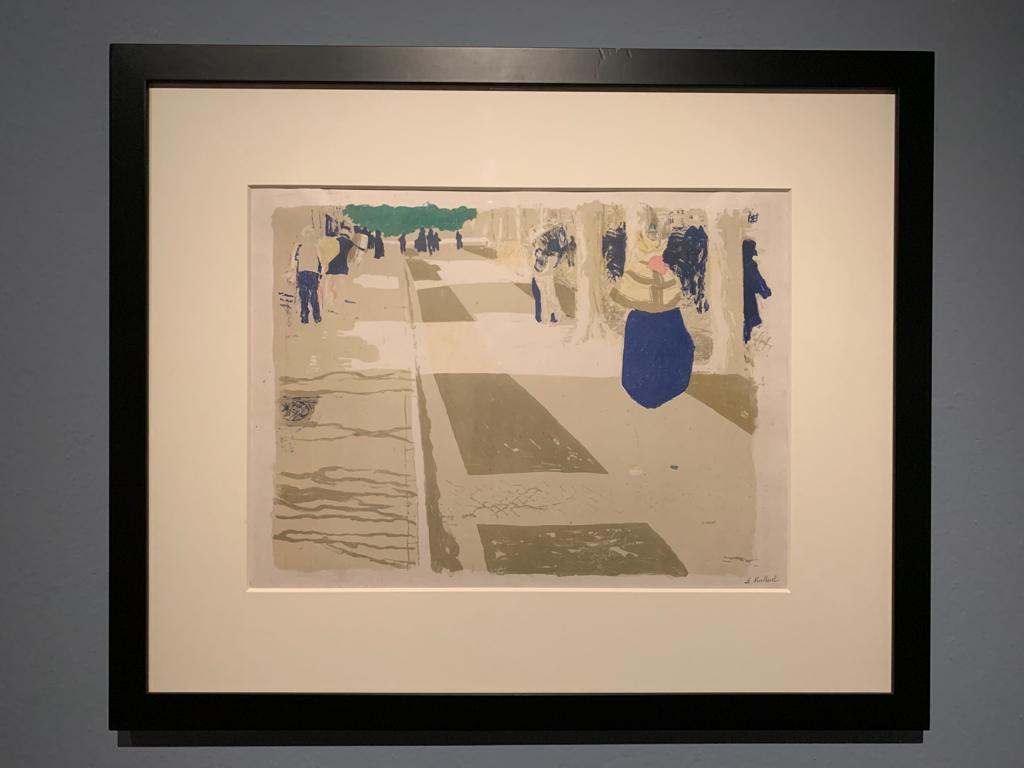
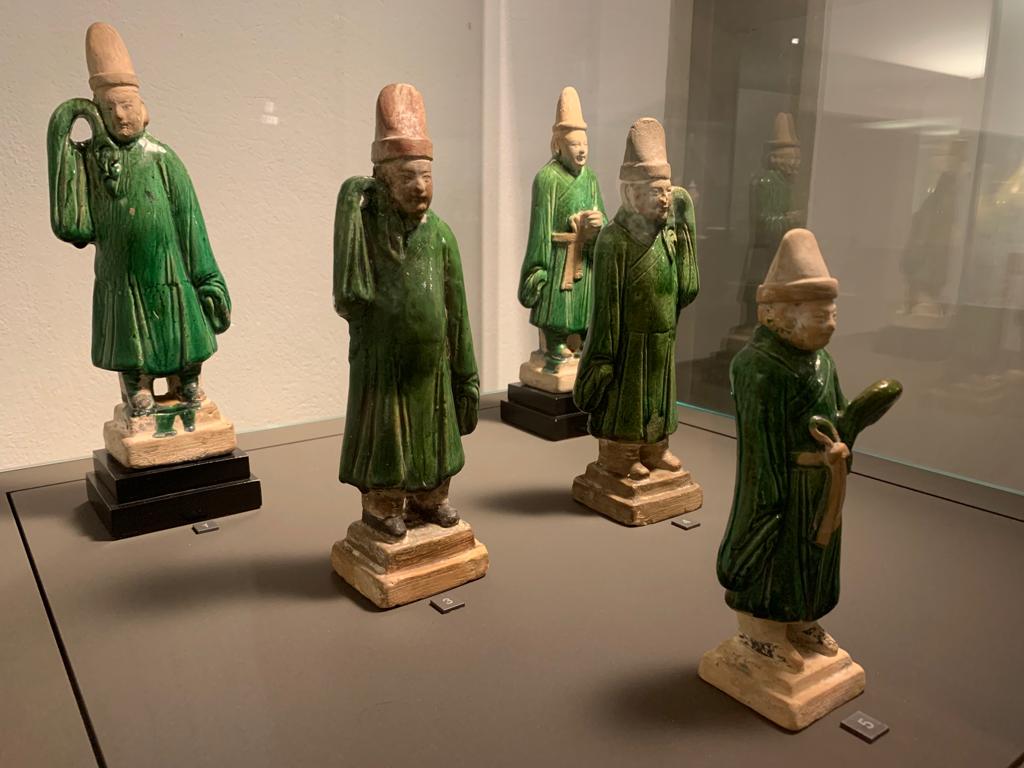
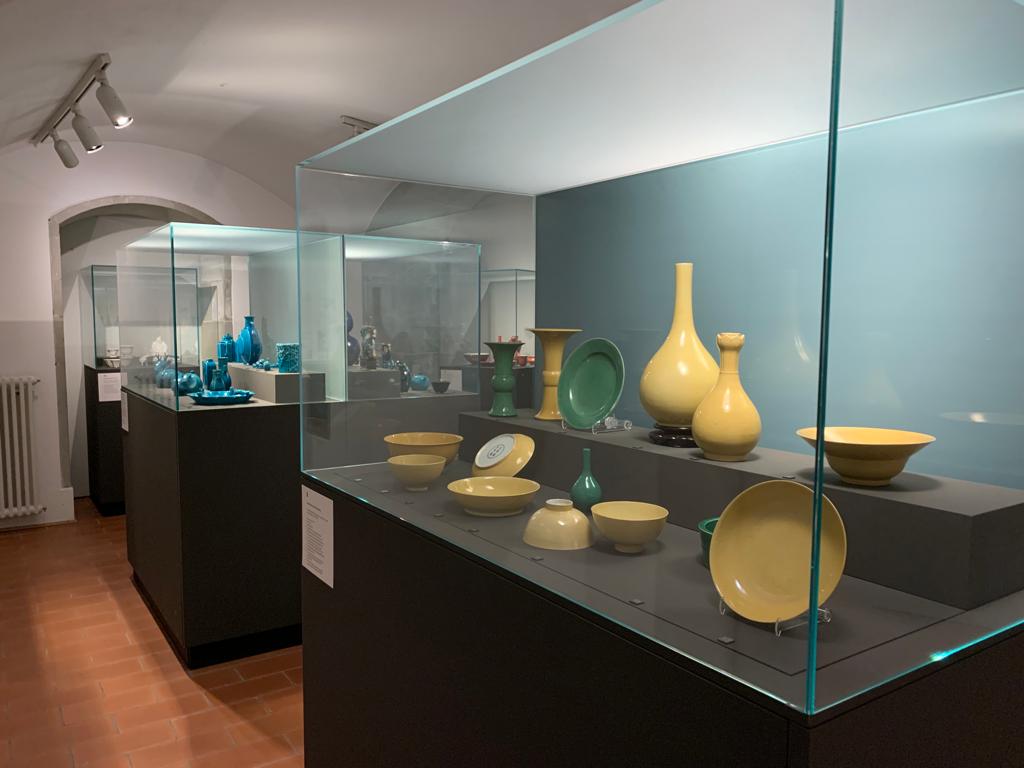
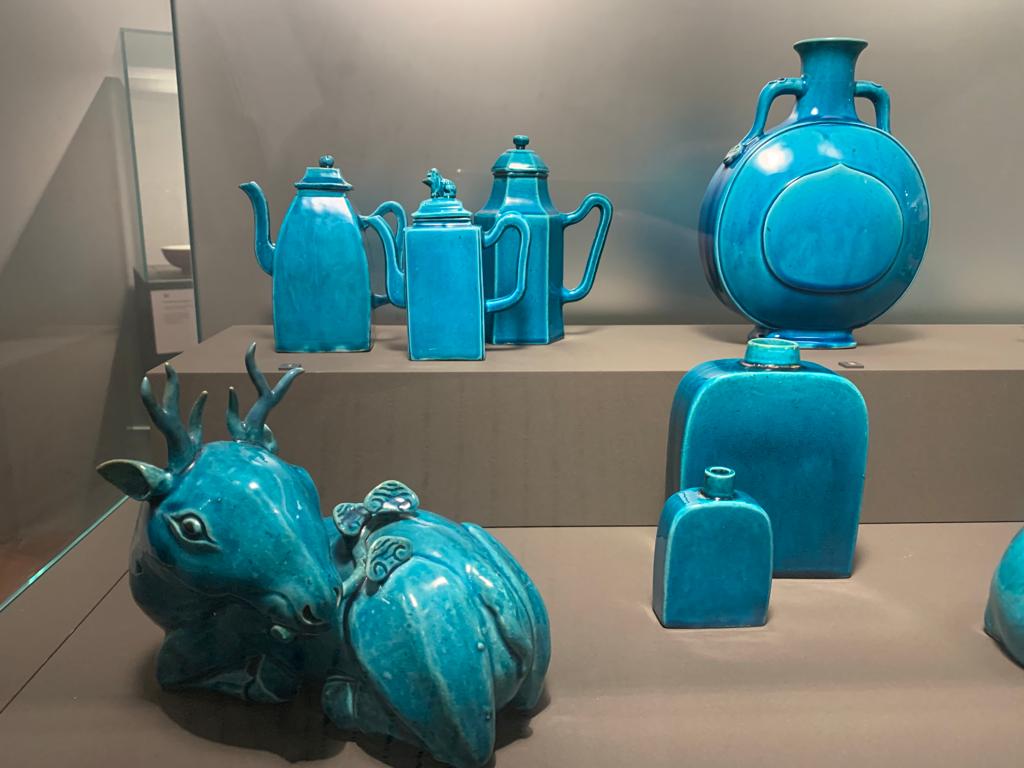
What Do These Chinese Ceramics Have To Do With It?
Good question. I found this a little peculiar. I mentioned above that the Fondation de l’Hermitage has its own collection of around 600 works. This isn’t that. Down in the basement, immersed in Nabis and Japanese prints, you suddenly find yourself surrounded by Chinese ceramics. They are grouped by type, which largely also means by colour: famille rose, sang de boeuf etc. But why are they here?
I can’t quite answer the why, but I can answer the what. This is the Vergottis collection. Marie Vergottis and her husband were philanthropists, and Marie also assembled a collection of porcelain which is unique in Switzerland. There are around 400 works dating to between the 12th and 19th Centuries. Marie Vergottis had a particular penchant for 18th Century monochromatic ceramics. The effect is striking and the simple colours really allow you to see the forms of the vessels.
The Fondation George et Marie Vergottis was established in 1993 to disseminate their collection. Marie died in 1999, and this part of the collection has been here since 2003. I couldn’t find out if they had any particular connection to the Fondation de l’Hermitage.
Sortie into China over, lets return to wrap up Vuillard and Japan.
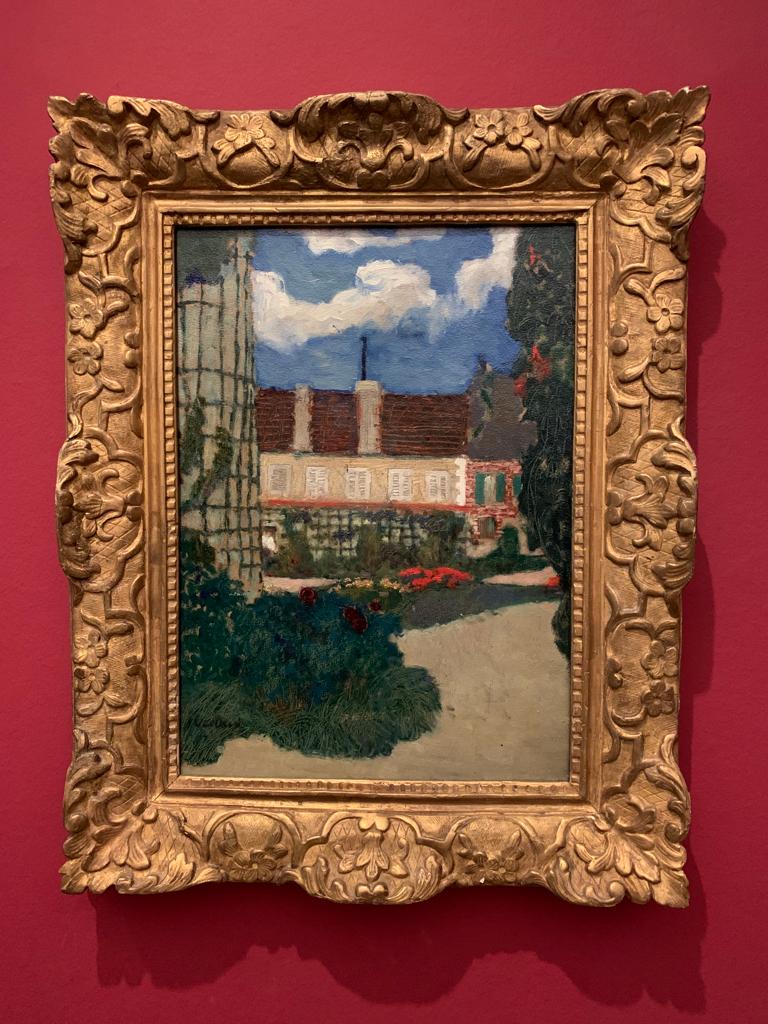

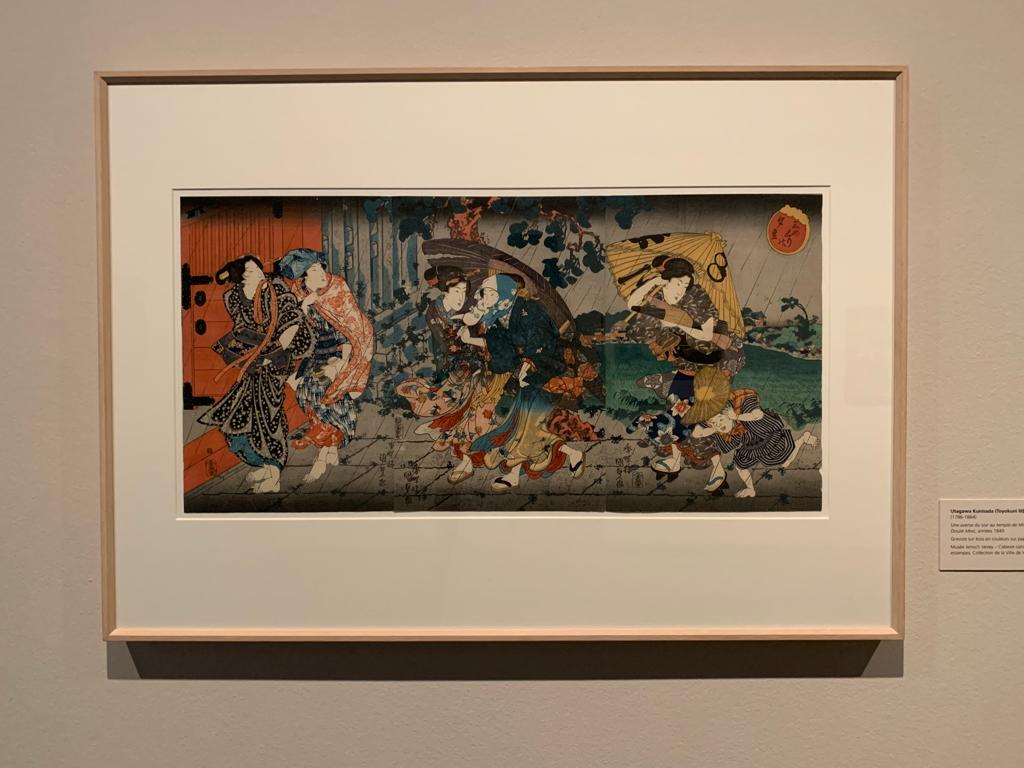
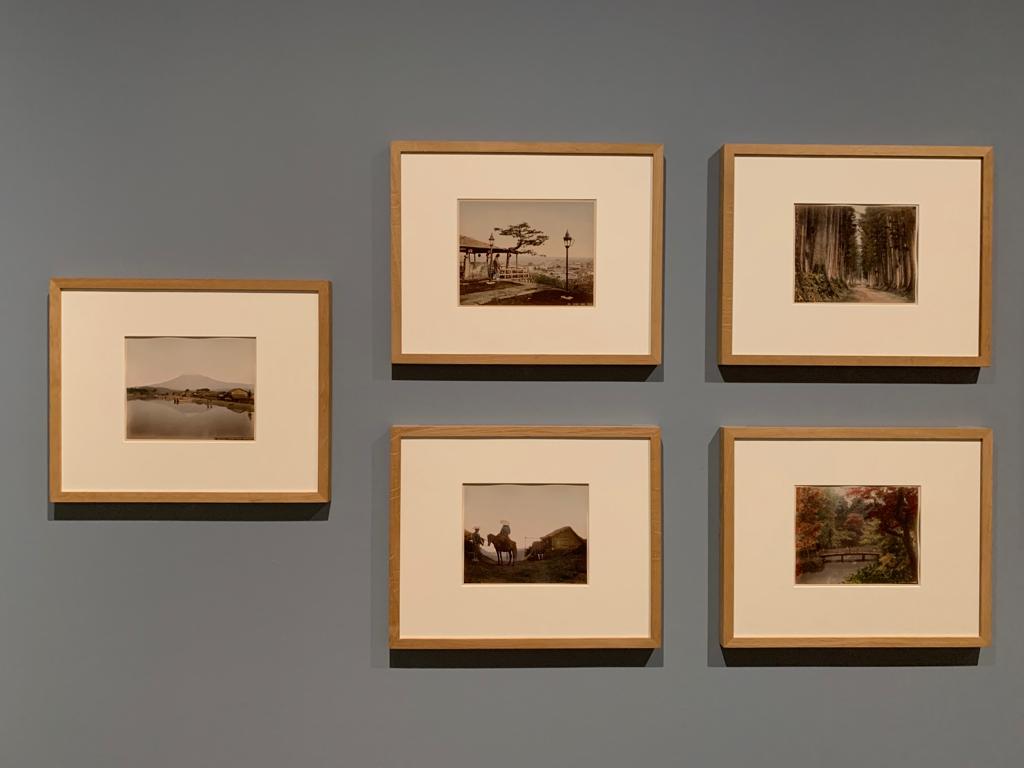
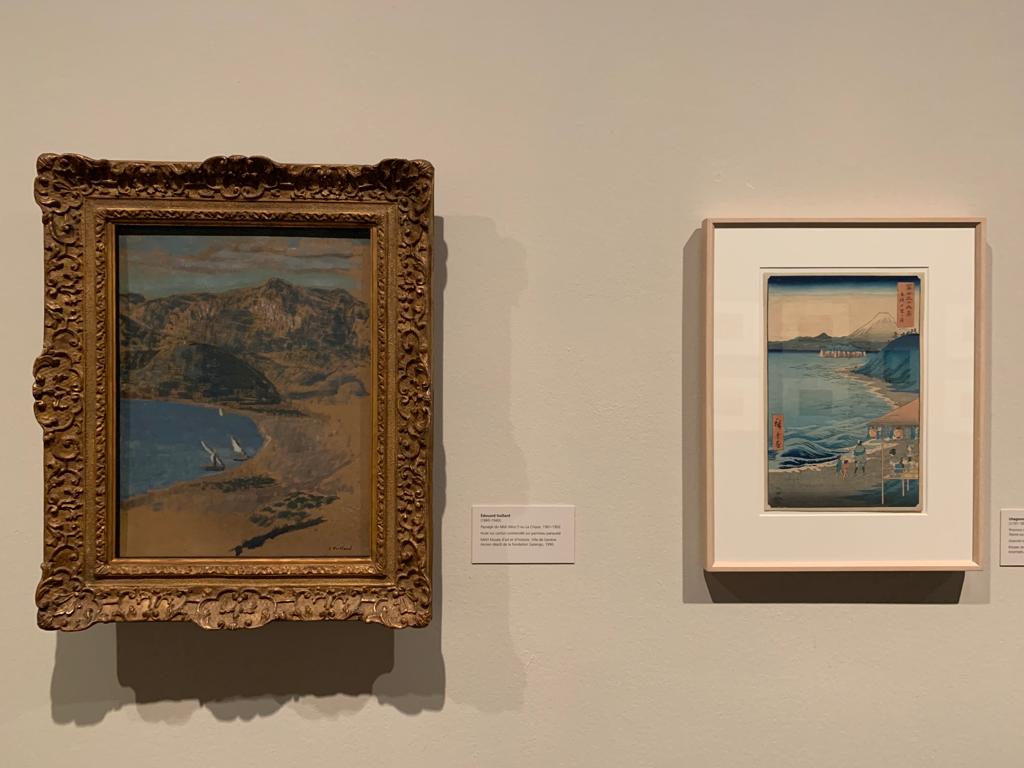

Final Thoughts
I spent a very pleasant couple of hours at the Fondation de l’Hermitage. It helped that I started with a tasty brunch and an iced tea seated on the restaurant’s terrace. But it’s a beautiful and calming space from start to finish, shaded by tall, centenarian trees and with Lake Geneva far off in the distance.
The exhibition Vuillard et l’Art du Japon is similarly calming and pleasant to visit. I learned a lot about the artist, and the argument about the impact of his interest in Japanese art on his work is well made. I might have spread my time more wisely had I known just how much there was to see including the basement, but I appreciated both the curation and presentation of the works.
Given that there is so little of the permanent collection on view, I would be interested to come again if I were in Lausanne in future. I imagine the space is transformed by each exhibition (perhaps with the exception of those curious Chinese ceramics).
Salterton Arts Review’s rating: 4/5
Vuillard et l’Art du Japon on until 29 October 2023
Trending
If you see this after your page is loaded completely, leafletJS files are missing.

